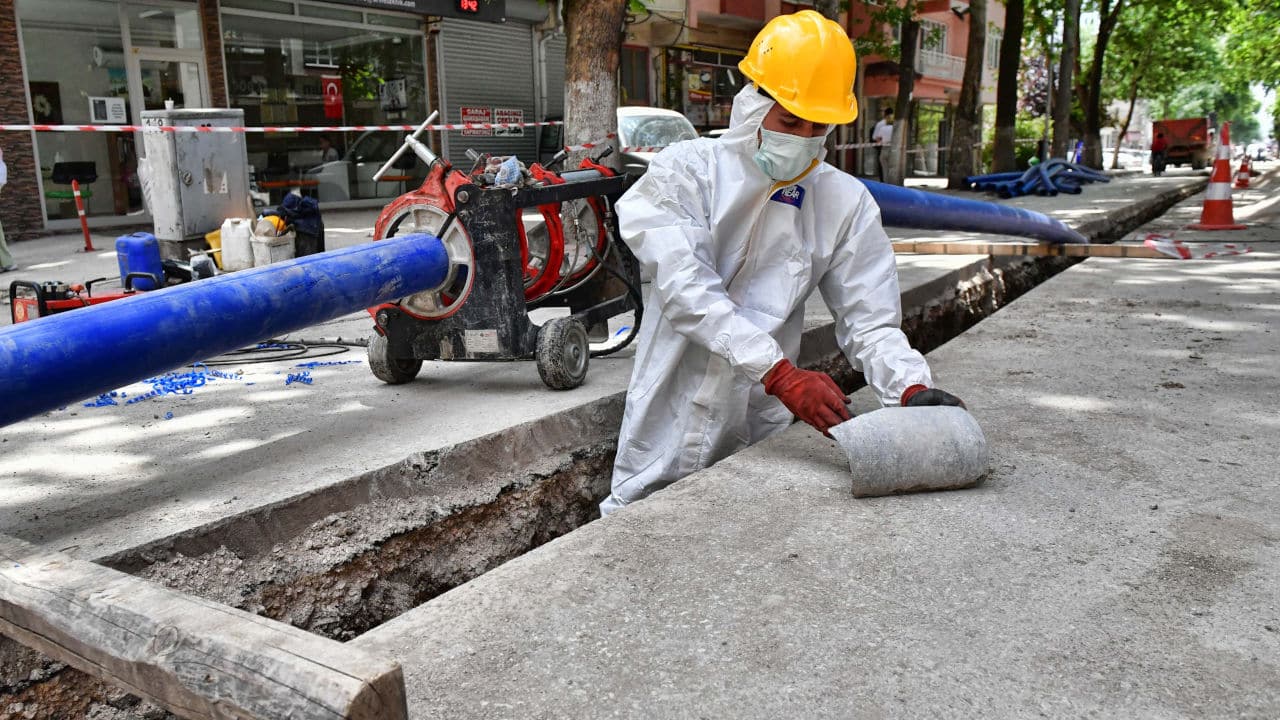Working in some industries creates a risk of contracting an industrial disease due to exposure to hazardous substances. Individuals may be at risk of acquiring occupational cancer if they have worked in environments that expose them to dangerous substances such as asbestos, carcinogens, and radiation.
Being diagnosed with cancer is distressing, but it can be exacerbated if working conditions cause the disease.
If caused by a work-related condition, medical animation can be used to prove the effects of occupational exposure.
What is Occupational Cancer?
Occupational cancer, also known as workplace cancer, develops as a result of a person’s exposure to harmful substances and carcinogens at work.
Some of these cancers are caused by asbestos exposure, vinyl chloride exposure, benzene exposure, or coke oven exposure at steel plants.
These occupational cancer causes have been established in several occupational hazard lawsuits during the previous half-century.
An example is the tragic case of Rutherford v. Owens-Illinois, Inc, where the victim died of lung cancer caused by continuous exposure to asbestos.

Types of Occupational Cancer
The most prevalent cancers associated with the workplace include bladder, lung, and mesothelioma. Carcinogens discovered in the workplace also can induce leukemia and sino-nasal carcinoma.
Medical animation can be used to portray these carcinogens and their effect on the human body when exposed to them.
These are some of the usual occupational cancers and their causes:
- Mesothelioma
Malignant mesothelioma, which develops from the mesothelium, is a lethal form of cancer. Most cases originate from the pleura’s mesothelial surface, and the average survival period following diagnosis less than a year.
Asbestos exposure is a factor in most cases.
It often takes more than 30 years from asbestos exposure to the development of mesothelioma, known as the latency period.
As a result, the cancer cases that are increasing today could be linked to the patients’ working conditions from a very long time ago.
Mining, railroad work, the automobile industry, plumbing, painting, and construction are the industries where mesothelioma patients are most prevalent.
2. Lung cancer
For many years, lung cancer has been the most prevalent cancer in the world. Additionally, it is the principal reason for cancer-related deaths globally.
The American Cancer Society estimates that in 2022, there will be approximately 236,740 new lung cancer cases and about 130,180 related deaths.
Lung cancer has been linked to numerous occupational hazards. The most major ones include crystalline silica dust, diesel exhaust, poly-aromatic hydrocarbons (PAH), aluminum manufacture, painting, rubber production, cadmium, chromium, and nickel compounds, as well as asbestos, cadmium, chromium, and nickel compounds.
Smoking and asbestos exposure significantly increases the risk of cancer when it comes to asbestos work, compared to just asbestos alone.
3. Urinary bladder cancer
The ninth most prevalent type of cancer worldwide is bladder cancer. The epithelium that covers the mucosal surfaces of the entire urinary tract is exposed to possible carcinogens discharged in the urine, and environmental exposures, like cigarette use, are to blame for the majority of occurrences of this cancer.
Manufacturing rubber, metal, and paint are among the professions linked to urinary bladder cancer.
4. Leukemia
Leukemia is a cancer that begins in blood-forming tissue, such as bone marrow. It causes the production of a significant number of abnormal blood cells. Cancer cells disrupt the body’s creation of healthy cells, rendering the body incapable of fighting infections.
Leukemia can be chronic (progressing slowly) or acute (rapidly progressing). Occupational exposures such as benzene and ionizing radiation have been linked to acute myelogenous leukemia.

How Can You Prove Occupational Cancer Using Medical Animation?
The Occupational Safety and Health Administration (OSHA) was founded to aid in regulating hazardous workplace exposures, including agents that cause workplace cancer.
Some of the responsibilities of employers provided by OSHA is to provide safety measures for workers to work in a safe environment, such as breathing masks, eye protection, gloves, and other safety clothing.
If an employer fails to implement mechanisms to reduce the exposure to carcinogens, they may be held accountable for the illness if an employee develops occupational cancer.
It would just be up to you to prove that the disease directly resulted from the tasks you completed and your exposure to hazardous materials.
Every case involving proving occupational cancer would invariably need the introduction of an expert witness to affirm the plaintiff’s testimony on the cause of cancer.
Here is where medical animation can come in.
It has been proven that demonstrative evidence is much more relatable to the jury than oral testimony. This type of evidence is especially needed when jury members are not conversant with the field of medicine.
With medical animation, proving the cause of occupational cancer and effectively carrying the jury along would be like a walk in the park.
Conclusion
Medical animation is capable of helping to win a case on occupational cancer. However, carrying along an experienced medical animation company is essential to guarantee admissibility in court.






